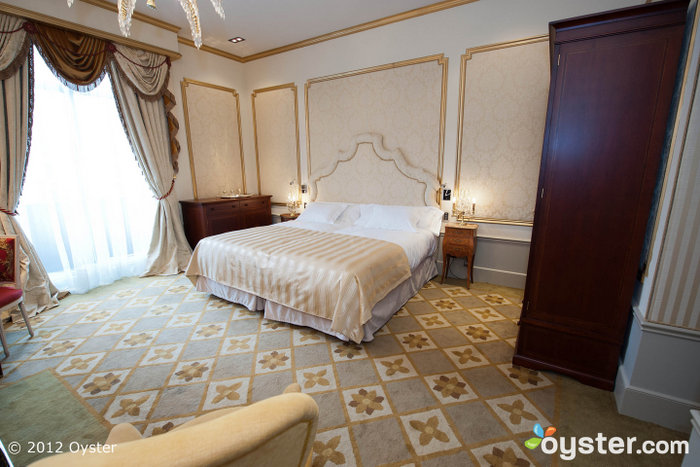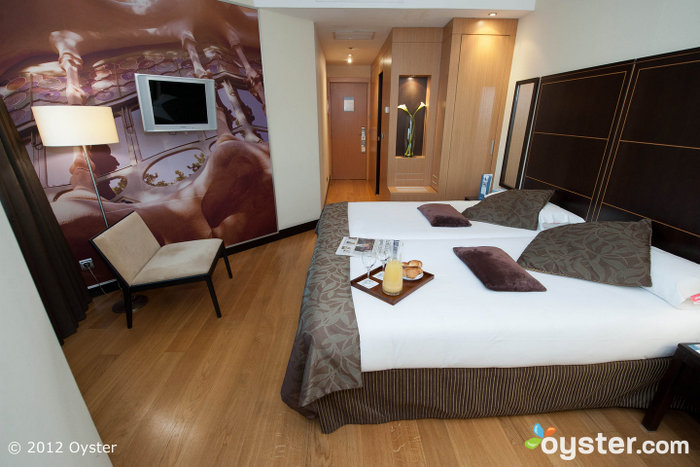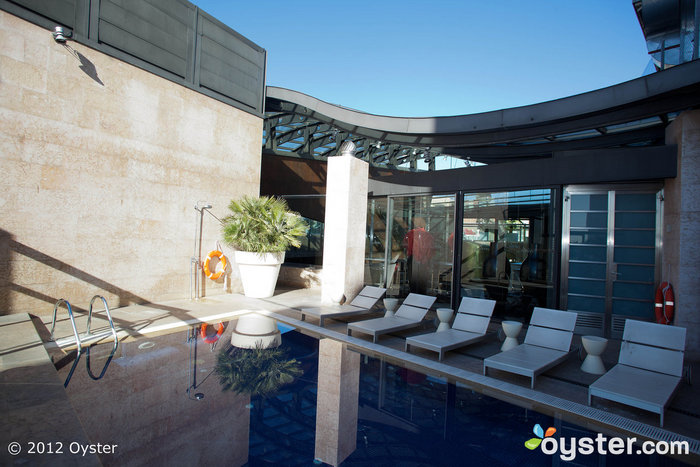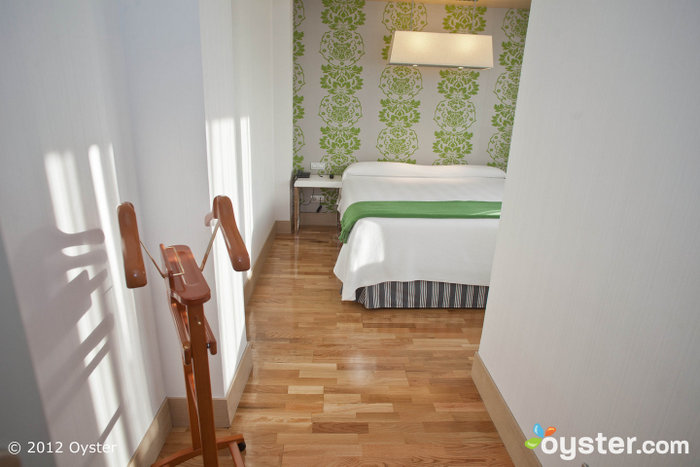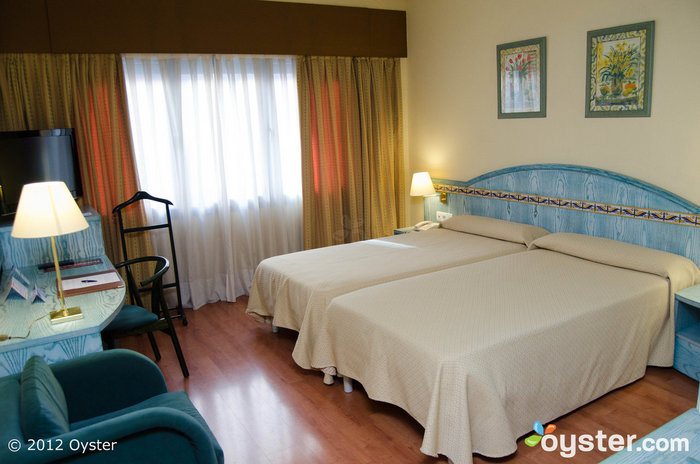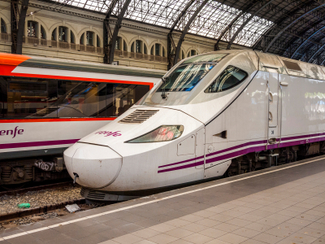
Visiting our neighbors “across the pond” isn’t just a hop, skip, and a jump that the saying makes it sound: It involves long (and expensive) flights, long lines in customs, and plenty of seat-of-your-pants transfers and transactions. But Europe is a lifetime must-see and Spain is one of its most diverse and fascinating countries. So how do you possibly see all it has to offer during a week-long vacay? Well, the reliable, high-speed AVE trains certainly help. The country’s top destinations — Barcelona, Madrid and Seville — are all within 3 hours of each other by way of the AVE, which makes it easy and fast to discover this trio of cities in just one trip. Of course you could spend years in the country and still be discovering new spots each day, but our Oyster guide offers a solid itinerary for each city that includes the three attractions you just can’t miss — and still allows you enough time to enjoy some tapas al fresco. And, as hotel experts, we let you know the best places to stay, to boot. Pack your bags — and don’t forget this guide! You’re Spain-bound, baby.
First Stop: Barcelona in 2 days
Trendy and fashionable — that’s Barcelona for you. But it nonetheless has a laid-back vibe and, as a very walkable city (although in Spain, that’s pretty standard), Barcelona is covered by quaint streets filled with locals and tourists. One of the most important European destinations, it can feel somewhat overrun with tourists during peak season, but the gorgeous Modernist architecture, beautiful parks, and upscale vibe helps visitors to forget the long lines they had to wait in for attractions. Barcelona’s hopping nightlife, especially that in the Born area, also helps visitors forget and is quite an experience.
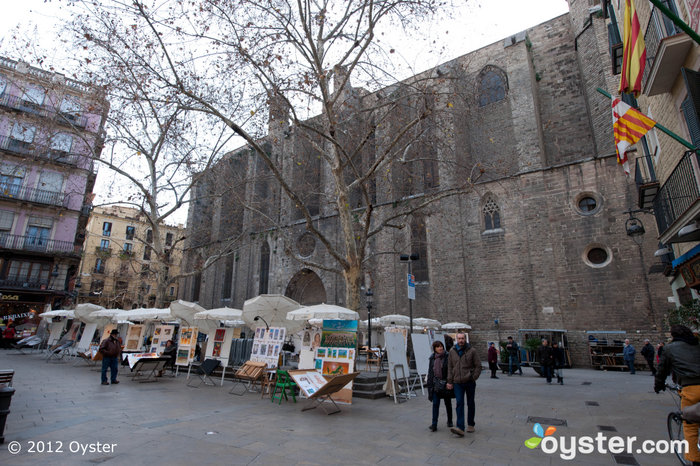
Must-see Sights:
- La Sagrada Familia and Passeig de Gracia are the to-go spots for architecture buffs, but shouldn’t be missed by anyone. Gaudi’s incomplete Sagrada Familia is an imposing neo-Gothic and Art Nouveau cathedral towering over the city. It’s located just east of Passeig de Gracia, where the most striking Modernist-style buildings (and the best boutiques in the city) can be found.
- Parc Guell, also by Gaudi, is Barcelona’s finest garden. Its location atop a hill north of the city center allows for gorgeous views, and the tiled, undulating benches are one of the most recognizable images in town. The walk up to the park is pretty steep, so make sure to bring comfortable shoes.
- The Gothic Quarter is the city’s historic center, and no visit to Barcelona is complete without a walk through its narrow, winding streets. Many buildings date back to medieval times, and the majority of the neighborhood is closed to traffic, which makes it a perfect spot for a stroll. The Cathedral of Barcelona, the Picasso Museum, and dozens of small, quaint squares lined by cafes can be found here. There’s also great shopping, so save at least an hour to take a peek at the numerous designer stores.
Where to Stay:
El Palace Hotel oozes elegance and charm. This upscale property is located a few blocks from the Gothic Quarter, and is popular among well-heeled couples for its Michelin-starred restaurant, exclusive spa, and elegant rooms, complete with designer toiletries and decadent upholstered walls. The nearby Eurostars Gaudi, part of the Eurostars brand which has several hotels in the city, offers fresh, attractive rooms with flat-screen TVs and free Wi-Fi at a reasonable price. And its location just a few blocks from the Sagrada Famila is prime.
Second Stop: Madrid in 2 days
- Travel Time: Between 2.5 and 3 hours.
- Train Information: There are AVE trains to Madrid from Barcelona every 25 minutes from 6 a.m. to 9 p.m. Monday through Friday, except between 10 a.m. and 3 p.m., when trains runs every hour. Train service runs hourly on weekends. Check the train schedule here.
There’s no one word that can describe Spain’s capital city: cosmopolitan, vibrant, and fun all describe this beautiful city (oh yea, beautiful works too), but there’s much more to it than fiesta and siesta. Its historic center is a maze of winding, narrow cobblestone streets lined with centuries-old buildings and churches, and the modern areas boast gleaming skyscrapers similar to those in other European capitals. Head to Chueca for a romantic dinner, or to La Latina for some tapas with friends; treat yourself to some of Serrano’s upscale stores, rivaling those at Paris’ Place Vendome; and get your fix of culture at Madrid’s fabulous museums, which hold some of the most important works of art in the world.
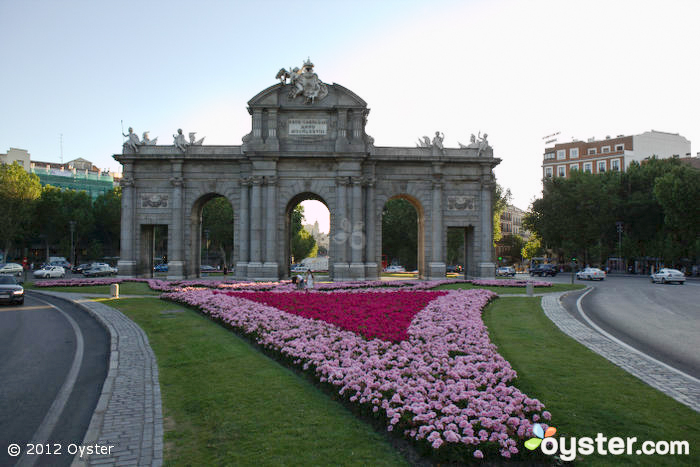
Must-see Sights:
- Plaza de Oriente and Plaza Mayor are arguably the top sights in Madrid and the starting point of any tour around the city center. Plaza Mayor is Madrid’s gorgeous 16th century main square, lined with bustling restaurants and traditional shops. It has held everything from bullfights to public executions during the Spanish Inquisition, but is now a wonderful spot for a drink or for people watching while its rich history seeps in. The Plaza Mayor sits a couple of blocks from the Plaza de Oriente, home to the striking 16th-century Royal Palace (open to the public), the Gothic Revival cathedral, and serene gardens lined with statues of Spanish kings. The Royal Theater, Spain’s most important opera house, is located on the eastern side of the square, just opposite the Royal Palace. Tickets are usually sold out long before the premier, but guided tours are available daily year-round.
- El Prado is Madrid’s top museum, with one of the world’s finest collections of European art from the 14th to 19th centuries. Goya, Velazquez, Rubens and Titian are just some of the artists whose paintings are exhibited here. Give yourself at least 3 hours to see the museum’s highlights.
- Mercado de San Miguel is the place to go for some of the best tapas-style food in Madrid. Dozens of stalls offering everything from Spain’s famous meats to fresh fruit to succulent oysters line the aisles of this early 20th-century glass-and-iron structure. Arrive before 8 p.m. if you want to snatch a stool. Or don’t — perusing the aisles is pretty great for people watching; just keep an eye on your purse!
Where to Stay:
Madrid has a wide array of hotels, offering everything from small value hotels to over-the-top properties with cutting-edge designs and see-and-be-seen bars. Those who want an ultra-luxe experience — that’s within walking distance of Madrid’s main attractions — may want to consider Hotel Urban. Not only does it feature a lovely rooftop pool, it is also home to two swanky restaurants and a champagne bar, and even boasts a small museum of ancient antiques off of the lobby. Looking for a more budget-friendly option? The NH Prisma Suites, located in the safe Rios Rosas neighborhood, offers all-suite accommodations with extra space (great for those traveling with tots) and high-tech amenities. The restaurant is known for serving a tasty — and extensive — breakfast buffet, so you’ll have plenty of energy for your attraction-packed days.
Third Stop: Seville in 2 days
- Travel Time: 2.5 hours
- Train Information: Trains arrive at Seville’s Santa Justa station from Madrid every 30to 60 minutes on weekdays, and every hour during weekends. You can check the train schedule here.
If flamenco and bullfights come to mind when you envision Spain, Seville will best match your picture of the country, especially during the annual April Fair. But that’s not all there is to it — while neighboring Cordoba and Granada were more relevant during the period of Moorish Iberia, Seville has dozens of stunning examples of Mudejar architecture. The Casco Antiguo (the city’s historic center) is home to three UNESCO World Heritage Sites, Spain’s oldest bullring, and dozens of small tapas bars perfect for a quick pit-stop in the midst of exploring the city. For the best flamenco, head to the Santa Cruz neighborhood after the sun sets.
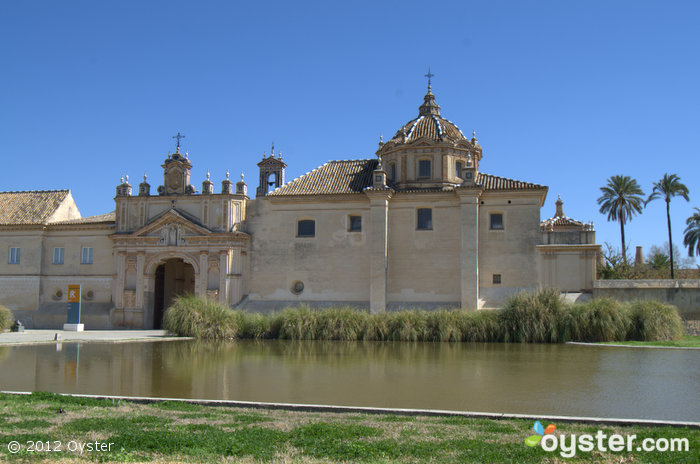
Must-see Sights:
- The Seville Cathedral is a jaw-dropping, 16th-century Gothic structure located right in the heart of the Casco Antiguo. It’s the largest Gothic cathedral and the third-largest church in the world, as well as the burial site of Christopher Columbus. It’s worth climbing the 35 sets of ramps that lead to the top of the cathedral’s world-famous bell tower, the Giralda, for its sweeping views of the city. And right across the street sits the oldest royal palace still in use in Europe, which is one of the finest examples of Mudejar architecture in Seville.
- The Torre del Oro is a 13th-century dodecagonal military tower located on the east bank of the Guadalquivir River. It served as a prison in the Middle Ages, and later as a safe for the precious metals brought from the Indies. Walk a few blocks north along the river to the 18th-century Maestranza, Spain’s most important bullring and the main stage of the colorful April Fair.
- Plaza de España, built in 1928 for the Ibero-American Exposition of 1929, is a stunning example of Renaissance Revival style. Its location in the serene Maria Luisa Park makes it the perfect place to go after a long day of sightseeing. The impressive half-circle structure, lined with tiled alcoves representing each province of Spain, is home to a couple of interesting museums, as well as several Government buildings. And you may recognize it even if you’ve never been: It was used as a filming location for 1962’s Lawrence of Arabia, Star Wars Episodes I and II, and Sacha Baron Cohen’s The Dictator.
Where to Stay:
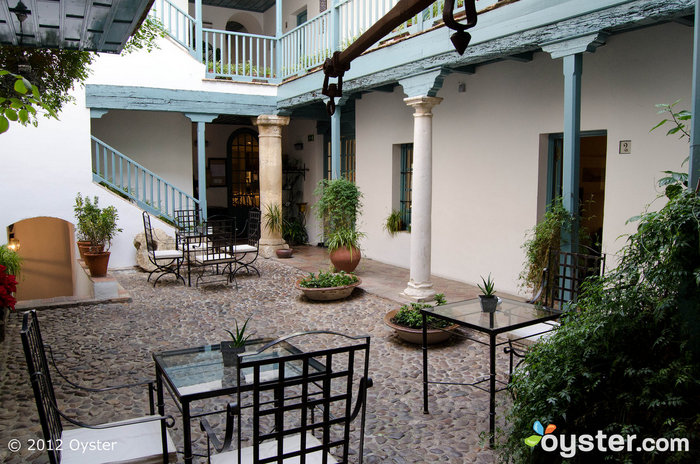
Housed in an 18th-century traditional Andalusian house, the charming 41-room Hospes Las Casas del Rey de Baeza offers an authentic Seville experience with some extra perks to boot. All rooms have flat-screen TVs, quality beds with Egyptian cotton linens, and clean, modern bathrooms. The shaded patios are great for taking a break after running around the city, but the highlight here is the full-service spa featuring a small rooftop pool with bar service. Hotel Monte Carmelo is more basic (and less expensive) option a short walk from the main attractions. It offers clean, spacious rooms with flat-screen TVs, pillow menus, free Wi-Fi, air-conditioning units, and minibars. Its quality breakfast buffet will probably give you all the energy you need for a long day of sightseeing.
RELATED LINKS:
All products are independently selected by our writers and editors. If you buy something through our links, Oyster may earn an affiliate commission.
